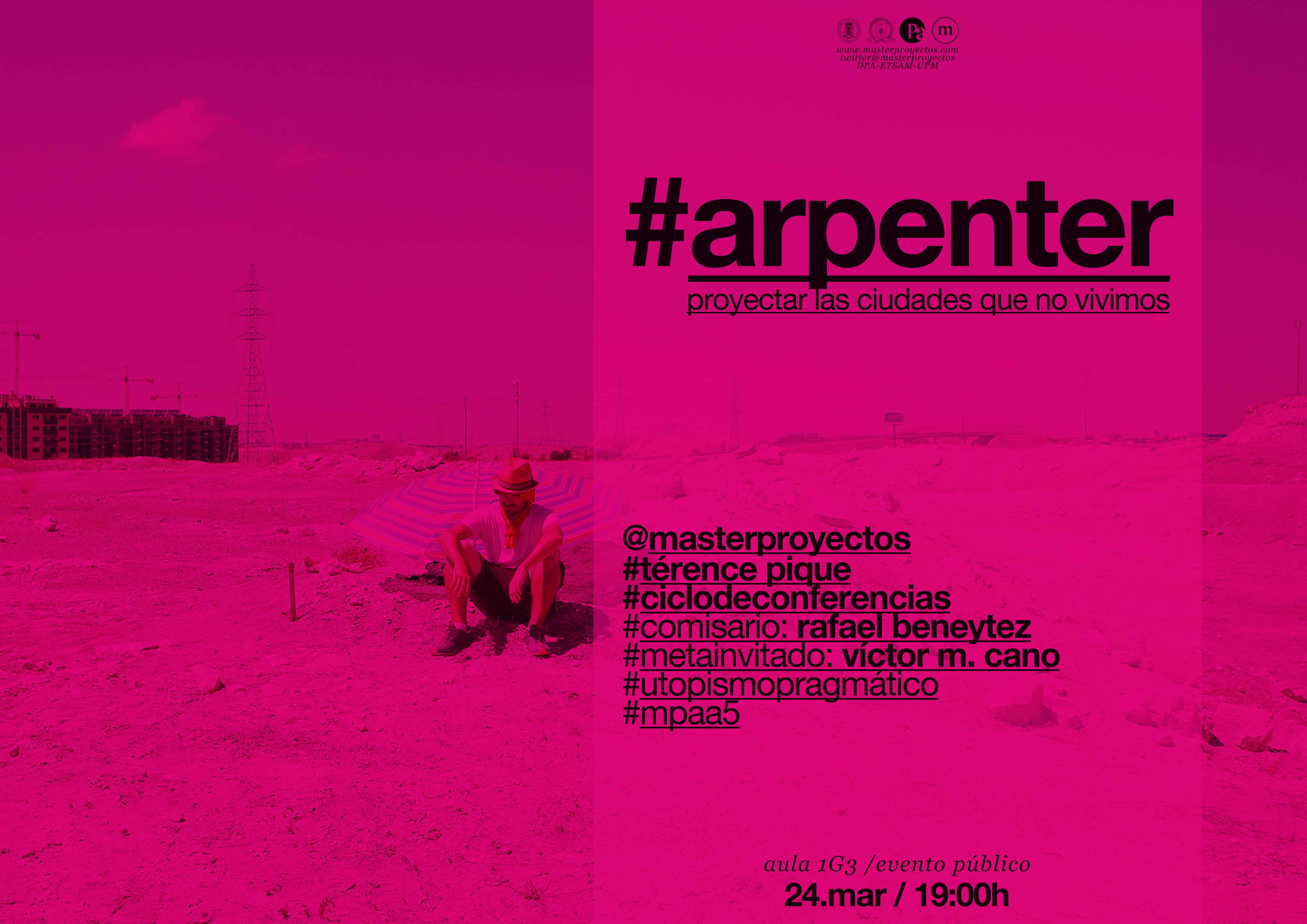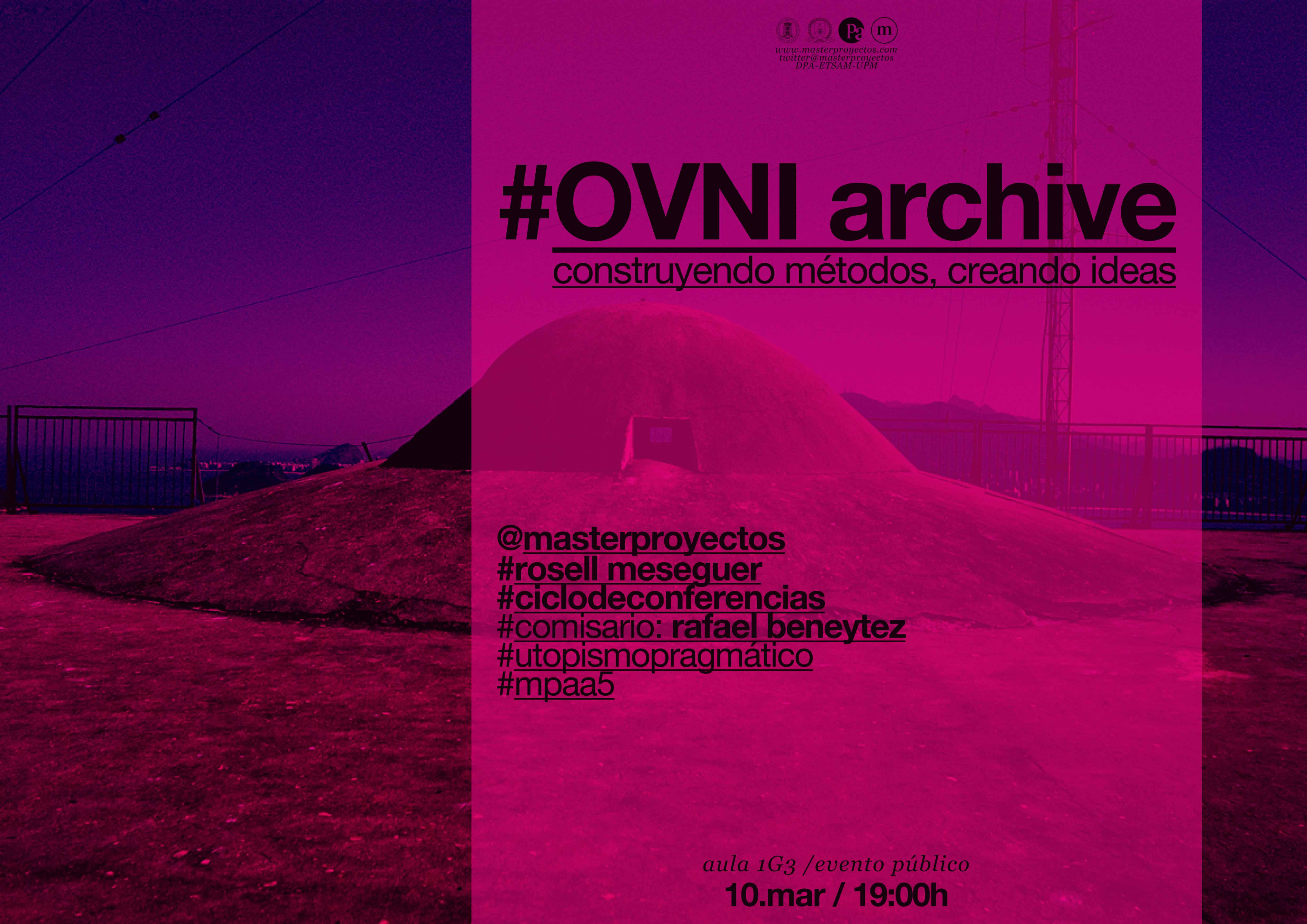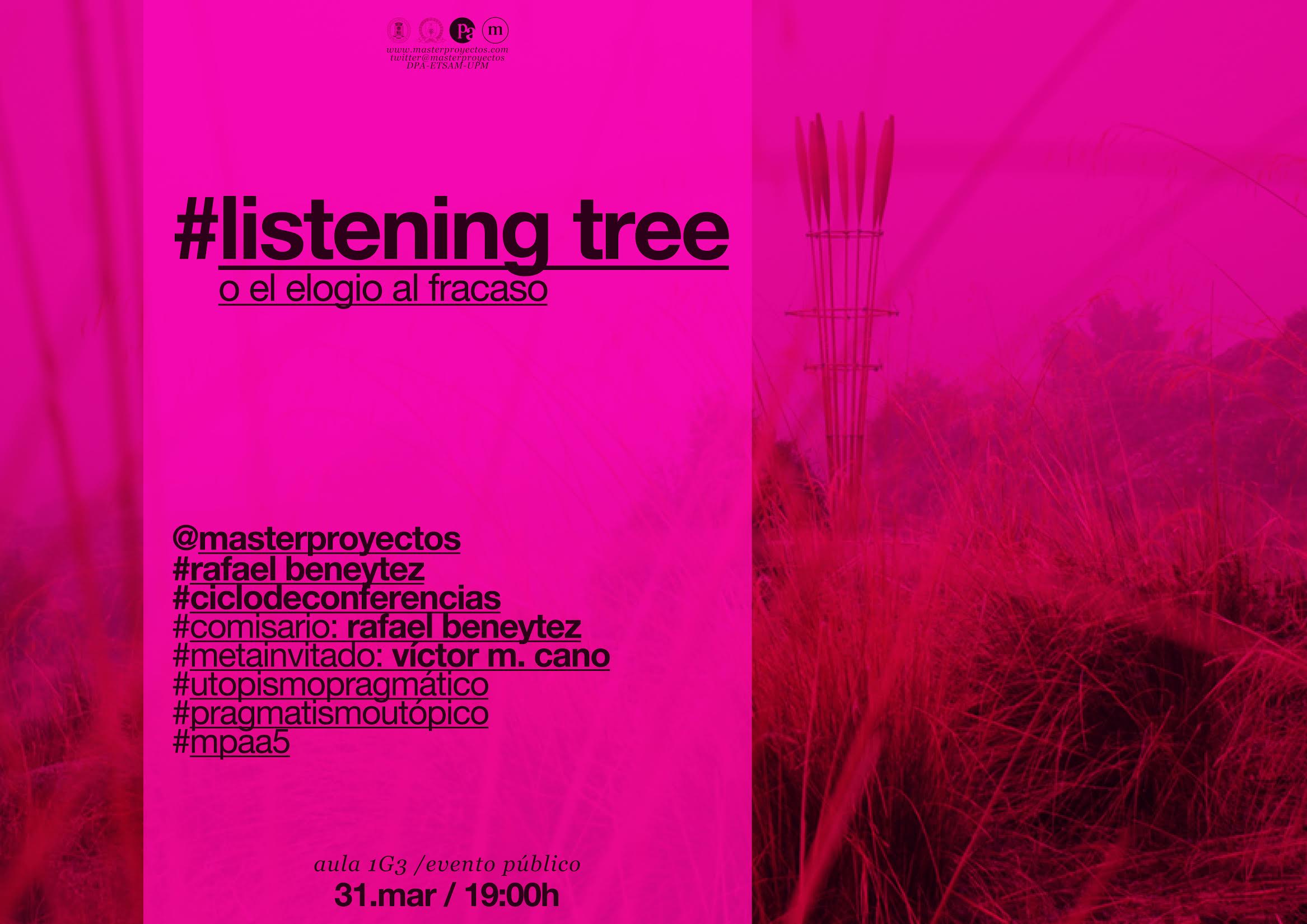
Directed by: Rafael Beneytez + Víctor Cano Ciborro
Supported by: Master of Architectural Advanced Projects 2014
Cycle of Conferences at ETSAM-UPM. March 2014
Guest lectures:
> Térence Pique (Archive)
> Rosell Meseguer (Project)
> Rafael Beneytez (Artefact)
Meta-Guest:
> Víctor Cano Ciborro (Coordinator)
![]()
![]()
![]()
The suburbs are built from both a spatial and social confusion. Confusion that is manipulated by promoters which are on the lookout for a bourgeois class -which never exist- conquered since the creation of clichés. Some clichés that always end unconnected to reality formed by the peripheral individual, who owns a specific culture that is impossible to achieve because he is immersed in utopias.
This consumerist ideal is created by the promoter to connect, in his utopia, the new car, the "barbecue and golf leisure" and debtor blocks of an extinct modernity. By contrast, the real subject of the periphery is dedicated to solving more mundane problems such as making ends meet, seek employment or watch on your television the ‘Big Brother’ last show.
Thus, it makes visible the reason for the conflict: the distance between the individual that lives and the built environment. That distance between the offered clichés and radical impotence materialize, living with a severe critique of aesthetic peripheral environment.
Sensitives and circumstances of the place, such as the thistle in an arid area, the cocky outskirts accent, miscegenation or spontaneous physical manifestations, are rejected through a propaganda directed to a first world as cynical as consumer.
TWB architectural devices in the periphery set out, for example, change the aesthetic paradigm of the promoter company to improve citizen habitat, giving value to the individual, the everyday and the short story.
Supported by: Master of Architectural Advanced Projects 2014
Cycle of Conferences at ETSAM-UPM. March 2014
Guest lectures:
> Térence Pique (Archive)
> Rosell Meseguer (Project)
> Rafael Beneytez (Artefact)
Meta-Guest:
> Víctor Cano Ciborro (Coordinator)



The suburbs are built from both a spatial and social confusion. Confusion that is manipulated by promoters which are on the lookout for a bourgeois class -which never exist- conquered since the creation of clichés. Some clichés that always end unconnected to reality formed by the peripheral individual, who owns a specific culture that is impossible to achieve because he is immersed in utopias.
This consumerist ideal is created by the promoter to connect, in his utopia, the new car, the "barbecue and golf leisure" and debtor blocks of an extinct modernity. By contrast, the real subject of the periphery is dedicated to solving more mundane problems such as making ends meet, seek employment or watch on your television the ‘Big Brother’ last show.
Thus, it makes visible the reason for the conflict: the distance between the individual that lives and the built environment. That distance between the offered clichés and radical impotence materialize, living with a severe critique of aesthetic peripheral environment.
Sensitives and circumstances of the place, such as the thistle in an arid area, the cocky outskirts accent, miscegenation or spontaneous physical manifestations, are rejected through a propaganda directed to a first world as cynical as consumer.
TWB architectural devices in the periphery set out, for example, change the aesthetic paradigm of the promoter company to improve citizen habitat, giving value to the individual, the everyday and the short story.

The TWB project is a critical praxis through the teaching of architectural project. It is understood from the connection of three actors: AAA
a> the subject and its unstable, conflicting and real relations of existence = Audience
b> conditions, political, economic, ecological, environmental, social context = Ambient
c> problem area where visible tensions = Action
